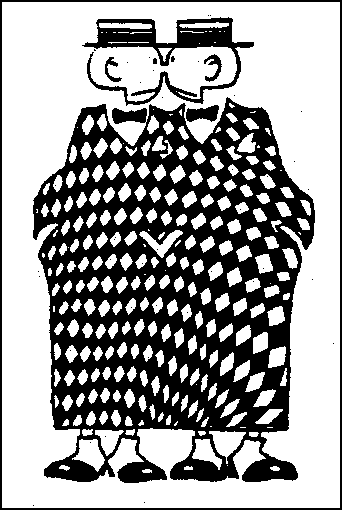José Saramago
Margaret Jull Costa,
Translator
(Harcourt)

- O, fie, fie, fie, fie!
Thy sin's not accidental, but a trade.
- Saramago got a Nobel Prize for Literature in 1998, and as far as I am concerned he should have gotten at the same time the Nobel Prize for Psychology and another one, the Wise Prize, for Knowledge of the Workings of the Heart & Soul...
I suspect that Saramago's forte is the shaggy dog story, one that goes on (and on) with enough wit and style and verve to make one want it to last forever, and it is not just because of mots that pop up: "Chaos is order waiting to be deciphered," or "All great truths are basically trivial." No: it's the story line and falling in love with the characters and all of them being so salty and funny that you want to jump right in and become part of it.
Take Tertuliano Máximo Afonso, who may or may not be named after Tertullian, AD 155 - AD 220, who fell for the early Christian martyrs, converted, and, as he grew more cynical, left behind such sayings as "I believe because it is absurd." Tertuliano Máximo Afonso, being a Saramago character, cannot just teach high-school history; no, he must complain that it is being taught all wrong --- that it should be taught backwards: "historical material [should be] studied from the present to the past, rather than from the past to the present."
One of Saramago's inspirations is Laurence Sterne of Tristram Shandy fame. Like his mentor, he has to plaster himself onto the pages from time to time, to prove to us that he is just not some mindless reportorial novelist out there, but one with quirks and a life and curiosity of his own, curiosity about the novel we are in the process of reading and he, presumably, in the process of writing. At one point Saramago intrudes to say that Máximo Afonso has finally elected to telephone his double António Blanco. "The call cannot be delayed for even a page longer," says our author --- pretending he has absolutely no control over what happens in his own work of art.
And, being Saramago, there have to be a mountain of interior jokes --- such as the titles of the movies that Máximo Afonso must watch, thirty or so of them, while he is trying to identify his mirror-image. These may or may not have some bearing on this carnival: "The Goddess of the Stage", "A Merry Life," "The Trail of the Charming Thief" were possibly thrown in to lead us astray; but then there are three obvious echoes of what is coming to pass in The Shadow: "The Parallel of Terror," "Tell Me Who You Are," "A Man Like Any Other."
Finally there is the sheer joy of Saramago's run-on paragraphs. One reviewer we read had trouble with the fact that there are no quotation marks, and dialogues that run on for pages with no break. Bosh. One would have to be down-home dumb not to be able to figure out who's talking. See the wonderful example we have appended as a reading --- the very moment when Máximo Afonso has placed that call to his mirror-self, the call that "cannot be delayed for even a page longer."
Saramago knows how to tell a story. He knows how to build to a conclusion. And he manages to bring alive the horror, the horror that you and I would have if we were to learn that there was, in the city where we lived, another person, built exactly to our image. As Máximo Afonso explains to his mother, "There's a man who looks so like me that even you couldn't tell us apart, and quite a different thing to say, I've met him and now I don't know who I am."
The ending? Oh my! I wish I could tell you. Oh --- the double whammy. Oh, that I could tell you.
Sorry. You're on your own now.